Description of flavor and taste characteristics of Lion King Coffee Bean varieties in Sidamo, Ethiopia

Professional coffee knowledge exchange more coffee bean information please follow the coffee workshop (Wechat official account cafe_style)
The coffee in Sidamo has a variety of flavors. Different soil types, microclimates and countless native coffee species, towering mountains, highlands, plateaus, valleys and plains, diverse topography, and the geology of the area belongs to nutrient-rich, well-drained volcanic soil. the depth of the soil is nearly two meters, and the surface soil is dark brown or brown. Sidamo, which grows in the southernmost Ethiopian plateau between 4600 and 7200 feet above sea level (Sidamo province), is a famous boutique coffee area in southern Ethiopia, bordering Kenya, southeast of Gemma, just south of the capital, usually sweet and loved by most people. its annual output is about 225000 bags / 60kg. Sidamo's coffee flavor is very diverse, different soil types, microclimate and countless native coffee species. The towering mountains, highlands, plateaus, valleys and plains in the region are diverse in topography, and the geology of the area is a fertile, well-drained volcanic soil with a depth of nearly two meters and a dark brown or brown topsoil. The biggest advantage of the area is that the soil fertility is maintained through the circulation of organic matter, using the withered leaves of the surrounding trees or the residual roots of the plants as fertilizer. Therefore, there are obvious differences and characteristics in the coffee produced in cities and towns.
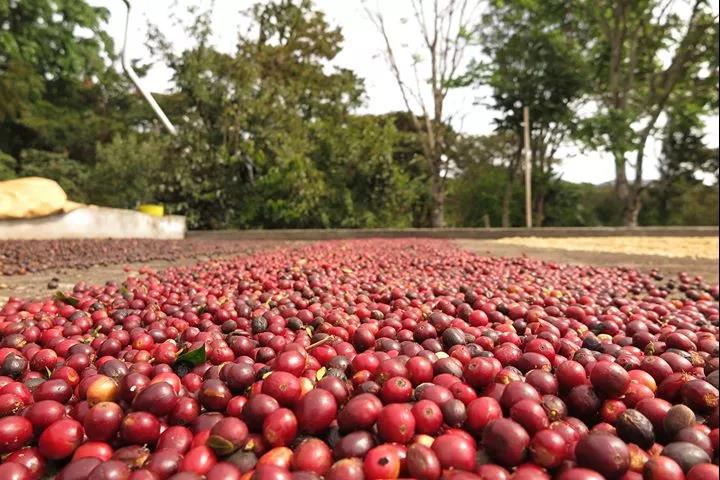
In 2010, Murray 2012, it continuously obtained the high score of CR92--94, the authoritative coffee evaluation website in the United States. Thus it can be seen that the raw beans in this area are extraordinary.
The fine coffee beans produced by many small farmers in this producing area have the characteristics of the flavor of the producing area. In recent years, as the international market has paid more attention to the quality of coffee and the demand for high-quality coffee, it has changed to micro-batches (Micro-regionalselections) provided by small farmers in micro-production areas, where dozens of small farmers provide their unit harvest into one micro-batch to sell. Quality control will be better, and there will be more opportunities to select many high-quality small-scale farmers' coffee in specific micro-producing areas through batch-by-batch cup testing.
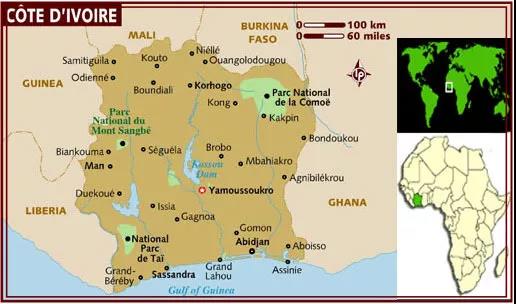
● Origin: Guji,Sidamo,Ethiopia bean seed: Heirloom altitude: 1800-2000m processing plant: Shilicho Cooperative treatment method: washing method, scaffolding drying machine drying harvest method: manual harvest baking degree: medium-shallow drying picking time: 2016 flavor characteristics: sweet blueberry aromas with lemon, rich flower and fruit aromas, peach honey with surprisingly bright acidity and full berry aromas
The Guji producing area is located in the southeast of the Gedeo area where Jega produces snow caffeine, in the wilderness of 2100 meters above sea level, but it is higher than the Yega producing area, the highest elevation is more than 2600 meters, and it is also much higher than the general Sidama and has a larger area. The coffee produced by Guji is very rich and unrestrained in flavor and can challenge Yega Snow Coffee.
"Lion King" from the Guji producing area of Sidamo, Ethiopia, is an ancient native high-quality variety: Heirloom, washing treatment, medium baking.
Using the Lion King of Sidamo to make SOE, which is different from the bitterness of American coffee or latte, this series of coffee will have fresh flower aroma, natural sweet and sour berries, worthy of careful taste.
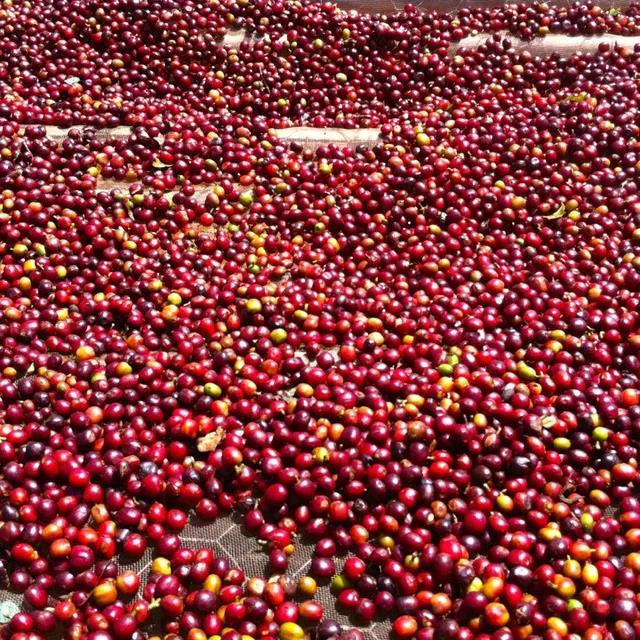
Treatment method
Sun drying is the oldest and most primitive treatment of coffee beans. Compared with water washing, this drying method of coffee is also known as "natural coffee" or "sun coffee". The harvested coffee fruit is directly exposed to the sun for about two to four weeks. This method is generally used in countries with a clear dry and wet climate.
1. After picking beans without special screening and treatment, uneven appearance and maturity are mixed together, the process is relatively rough, so the quality of coffee beans is unstable and prone to defective beans.
two。 Coffee farmers usually find an open space near their home to deal with it, so there are often a lot of impurities or dirt on the ground, and coffee is easy to get smelly.
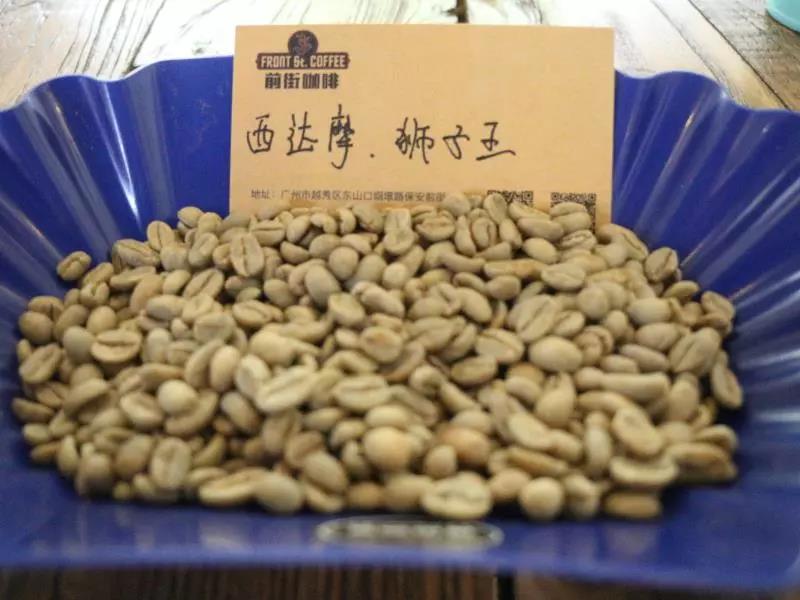
Shakisso is located in the southern part of Guji and Oromia, adjacent to Sidama and Gedeo. Shakisso/Shakiso 's coffee is quite unique, and the coffee it produces has repeatedly attracted market attention. The original meaning of Ninety Plus's legendary bean (nekisse) is from Shaquiso's Nectar from shakisso, and its producing area and name are all from Shaquiso Shakisso.
Local small farmers began growing organic coffee in 2001 and work closely with medium-sized coffee producers because they are familiar with how to grow forest coffee in the highlands. It is one of the micro-producing areas with regional characteristics in the Sidamo producing area. The coffee in this region is quite unique, and the coffee produced has often attracted the attention of the market. The original meaning of Ninety Plus's legendary nekisse comes from Nectar from shakisso, and its producing area and name are all from Shaquiso Shakisso.
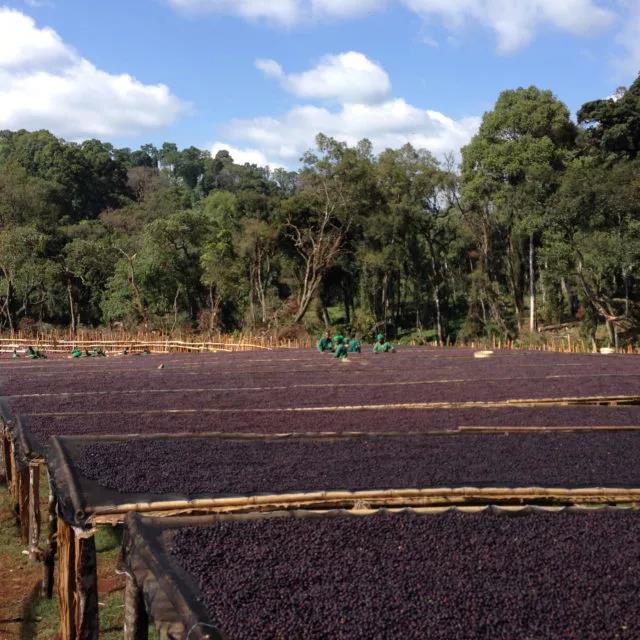
After obtaining the raw coffee beans, sometimes in order to pursue the perfect taste, the final screening will be done, so this sunny Sidamo can reach the highest grade G1.
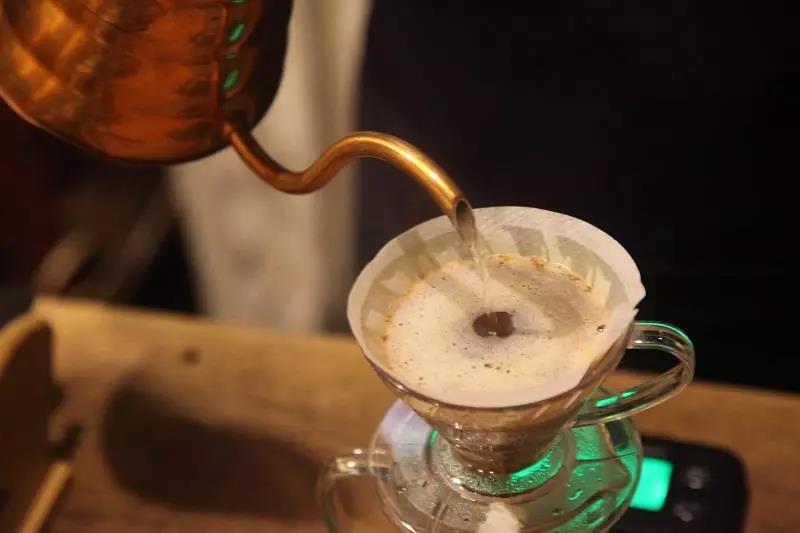
Qianjie coffee is recommended for brewing; hand brewing
Degree of grinding; (Japanese little Fuji R440) 3.5
V60 filter cup, 15g powder, water temperature 90 degrees
Degree of grinding 3.5
The ratio of gouache to flour is 1: 15
Break off; water injection to 125 grams, slow water injection to 225 grams
The total length is 2 minutes and 03 seconds.
The water temperature of BG grinding 4HPM is 90 degrees.
Important Notice :
前街咖啡 FrontStreet Coffee has moved to new addredd:
FrontStreet Coffee Address: 315,Donghua East Road,GuangZhou
Tel:020 38364473
- Prev

Introduction to taste grinding scale of Colombian coffee bean flavor description treatment
Colombia coffee beans country of origin: Colombia Colombia producing area: Tolima Tolima varieties: Caturra,Colombia,Bourbon altitude: 1950-2050Meters treatment: washed Washed flavor description: plum, chocolate, milk, grapefruit, malic acid difference lies in the altitude of origin and planting method, Brazil will grow coffee in the hilly red soil ratio
- Next

How thick is the powder from that siphon pot?
Colombian coffee flavor description treatment because different brewing methods require different grinding granularity; therefore, it is important to establish a good interactive relationship with the store where you buy coffee beans. in this way, the sales staff will provide you with the freshest and best quality coffee beans, or constantly adjust the grinding granularity for you to grind the ideal coffee powder for you.
Related
- Detailed explanation of Jadeite planting Land in Panamanian Jadeite Manor introduction to the grading system of Jadeite competitive bidding, Red bid, Green bid and Rose Summer
- Story of Coffee planting in Brenka region of Costa Rica Stonehenge Manor anaerobic heavy honey treatment of flavor mouth
- What's on the barrel of Blue Mountain Coffee beans?
- Can American coffee also pull flowers? How to use hot American style to pull out a good-looking pattern?
- Can you make a cold extract with coffee beans? What is the right proportion for cold-extracted coffee formula?
- Indonesian PWN Gold Mandrine Coffee Origin Features Flavor How to Chong? Mandolin coffee is American.
- A brief introduction to the flavor characteristics of Brazilian yellow bourbon coffee beans
- What is the effect of different water quality on the flavor of cold-extracted coffee? What kind of water is best for brewing coffee?
- Why do you think of Rose Summer whenever you mention Panamanian coffee?
- Introduction to the characteristics of authentic blue mountain coffee bean producing areas? What is the CIB Coffee Authority in Jamaica?

